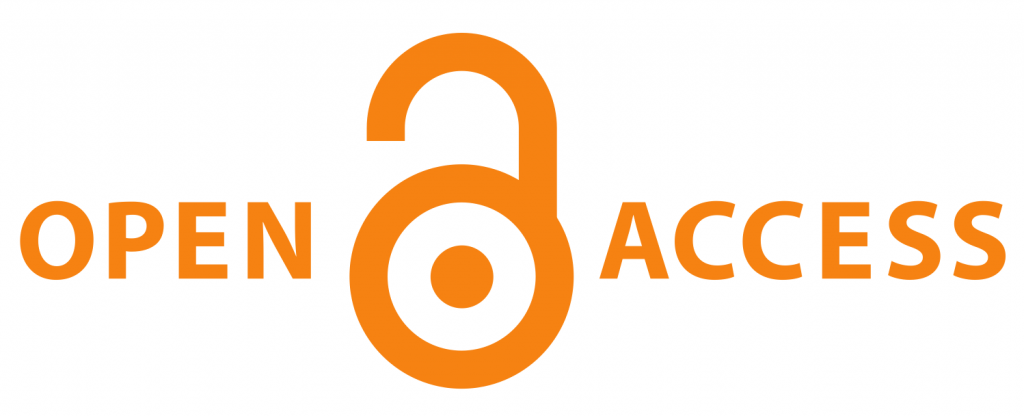Pancha Kosha Siddhanta: A Non-pharmacological approach to manage Prameha (Type 2 diabetes)
DOI:
https://doi.org/10.21760/jaims.10.1.26Keywords:
Pancha Kosha,, Type 2 diabetes,, non-pharmacological methods,, healthy life style,, YogaAbstract
The number of people with Type 2 diabetes has skyrocketed globally in the latter part of the 20th century, reaching alarming levels. The rising global burden of diabetes demands innovative and safe treatments with minimal side effects to address this critical public health challenge. While medication is important, lifestyle changes are equally crucial for managing diabetes effectively. This needs a holistic approach to diabetes management, addressing each of the five layers of the human being i.e.,Pancha Kosha-Annamaya (physical body), Pranamaya (energy body), Manomaya (mental body), Vignanamaya (intellectual body) and Anandamaya (bliss body) - with specific non-pharmacological interventions. Review on non-pharmacological methods for diabetes management, such as dietary adjustments, stress reduction through practices like Pranayama and meditation, and physical activity. This article also highlights other natural approaches that can assist individuals with diabetes in effectively managing their condition.
Downloads
References
World Health Organization. Diabetes [Internet]. 2025 edition. Available from: https://www.who.int/health-topics/diabetes
International Diabetes Federation. Diabetes Atlas. 10th ed. [Internet]. 2024 Sep 2 [cited 2024 Sep 2]. Available from: https://diabetesatlas.org/
International Diabetes Federation. Diabetes Atlas. 10th ed. [Internet]. 2024 Sep 2 [cited 2024 Sep 2]. Available from: https://diabetesatlas.org/
International Diabetes Federation. Diabetes Atlas. 10th ed. [Internet]. 2024 Sep 2 [cited 2024 Sep 2]. Available from: https://diabetesatlas.org/
International Diabetes Federation. Diabetes Atlas. 10th ed. [Internet]. 2024 Sep 2 [cited 2024 Sep 2]. Available from: https://diabetesatlas.org/
Swami Gambhirananda. Taittiriya Upanishad. Calcutta: Advaita Ashrama; 1986.
Raina MK. The levels of human consciousness and creative functioning: insights from the theory of Pancha Kosha (five sheaths of consciousness). J Transpers Psychol. 2016;48(2).
Raina MK. The levels of human consciousness and creative functioning: insights from the theory of Pancha Kosha (five sheaths of consciousness). J Transpers Psychol. 2016;48(2).
Vaidya JT. The Charaksamhita of Agnivesha revised by Charaka and Dridhabala with Ayurveda-Dipika commentary of Chakrapanidatta, Sharira Sthana, Adhyaya – 1, Katidhapurusha Sharira, Verse 20-21. 5th ed. New Delhi: MunshiramManoharlal Publishers Pvt. Ltd.; 1992. p. 288.
Raina MK. The levels of human consciousness and creative functioning: insights from the theory of Pancha Kosha (five sheaths of consciousness) [Internet]. Available from: https://www.indigenouspsych.org/Resources/Journal%20of%20TPPsy.pdf
Raina MK. The levels of human consciousness and creative functioning: insights from the theory of Pancha Kosha (five sheaths of consciousness). J Transpers Psychol. 2016;48(2).
Raina MK. The levels of human consciousness and creative functioning: insights from the theory of Pancha Kosha (five sheaths of consciousness). J Transpers Psychol. 2016;48(2).
Agnivesha. Charaka Samhita with Ayurveda Dipika Commentary, Ed. Acharya YT. Varanasi: Chaukhambha Surabharati Prakashana; 2017 (Reprint). Sutra Sthana, 27. p. 38.
Shastri KA. Shushrut Samhita. Varanasi: Chaukhambha Sanskrit Sansthan; 2014 (Reprint). Chikitsa Sthana, 11.12. p. 78.
Reddy A, Shivakumar. Prameha and role of Pathya: A Review. J Ayurveda Integr Med Sci. 2021;3:126-131.
Reddy A, Shivakumar. Prameha and role of Pathya: A Review. J Ayurveda Integr Med Sci. 2021;3:126-131.
Bhavani A. Yoga for diabetes mellitus. Int J Phys Educ Sports Health. 2015;1(4):29-33.
Reddy A, Shivakumar. Prameha and role of Pathya: A Review. J Ayurveda Integr Med Sci. 2021;3:126-131.
Mishra Y. Critical analysis of Panchakosha theory of Yoga philosophy. World J Pharm Res. 2019;8:413. doi: 10.20959/wjpr201913-16152.
Rajput SA, Ashraff S, Siddiqui M. Diet and Management of Type II Diabetes Mellitus in the United Kingdom: A Narrative Review. Diabetology. 2022 Feb 7;3(1):72-8.
Moghetti P, Balducci S, Guidetti L, Mazzuca P, Rossi E, Schena F. Walking for subjects with type 2 diabetes: A systematic review and joint AMD/SID/SISMES evidence-based practical guideline. NutrMetab Cardiovasc Dis. 2020 Oct;30(11):1882-98.
Doshi D, Gadgil ND, Solanki P. Concept of Shatkriyakala with special reference to type 2 diabetes mellitus [Internet]. ResearchGate. 2023. Available from: https://www.researchgate.net/publication/XXXXXXX
Anuradha M, Subramanian N, JV CV. Efficacy of selected Asana on blood glucose level in diabetic women [Internet]. ResearchGate. 2023. Available from: https://www.researchgate.net/publication/YYYYYYY
Raveendran AV, Deshpandae A, Joshi SR. Therapeutic role of Yoga in type 2 diabetes. Endocrinol Metab. 2018;33(3):307.
Singh S, Kyizom T, Singh KP, Tandon OP, Madhu SV. Influence of Pranayamas and yoga-asanas on serum insulin, blood glucose and lipid profile in type 2 diabetes. Indian J Clin Biochem. 2008 Oct;23(4):365-8.
Chen C, Liu J, Sun M, Liu W, Han J, Wang H. Acupuncture for type 2 diabetes mellitus: A systematic review and meta-analysis of randomized controlled trials. Complement Ther Clin Pract. 2019 Aug;36:100-12.
Tjipto BW, Saputra K, Sutrisno TC. Effectiveness of acupuncture as an adjunctive therapy for diabetes mellitus: A randomized controlled trial. Med Acupunct. 2014 Dec;26(6):341-5.
Zarvasi A, Ansari Jaberi A, NegahbanBonabi T, Tashakori M. Effect of self-acupressure on fasting blood sugar (FBS) and insulin level in type 2 diabetes patients: a randomized clinical trial. Electron Physician. 2018 Aug 25;10(8):7155-63.
Schnell O, Klausmann G, Gutschek B, Garcia-Verdugo RM, Hummel M. Impact on diabetes self-management and glycemic control of a new color-based SMBG meter. J Diabetes Sci Technol. 2017 Apr 26;11(6):1218-25.
Pandey A, Tripathi P, Pandey R, Srivastava R, Goswami S. Alternative therapies useful in the management of diabetes: A systematic review. J Pharm Bioallied Sci. 2011;3(4):504-12.
Buckle J. Aromatherapy and diabetes. Diabetes Spectr. 2001 Aug 1;14(3):124-6.
Sinha SS, Jain AK, Tyagi S, Gupta S, Mahajan AS. Effect of 6 months of meditation on blood sugar, glycosylated hemoglobin, and insulin levels in patients of coronary artery disease. Int J Yoga [Internet]. 2018;11(2):122-8. Available from: https://www.example.com/YogaStudy2023
Kalra S, Das AK, Priya G, Joshi A, Punyani H, Krishna N, et al. An Expert Opinion on “Glycemic Happiness”: Delineating the concept and determinant factors for persons with type 2 diabetes mellitus. Clin Pract [Internet]. 2021 Sep 1 [cited 2021 Nov 27];11(3):543-60. Available from: https://www.clinicalpracticestudy2021.com















